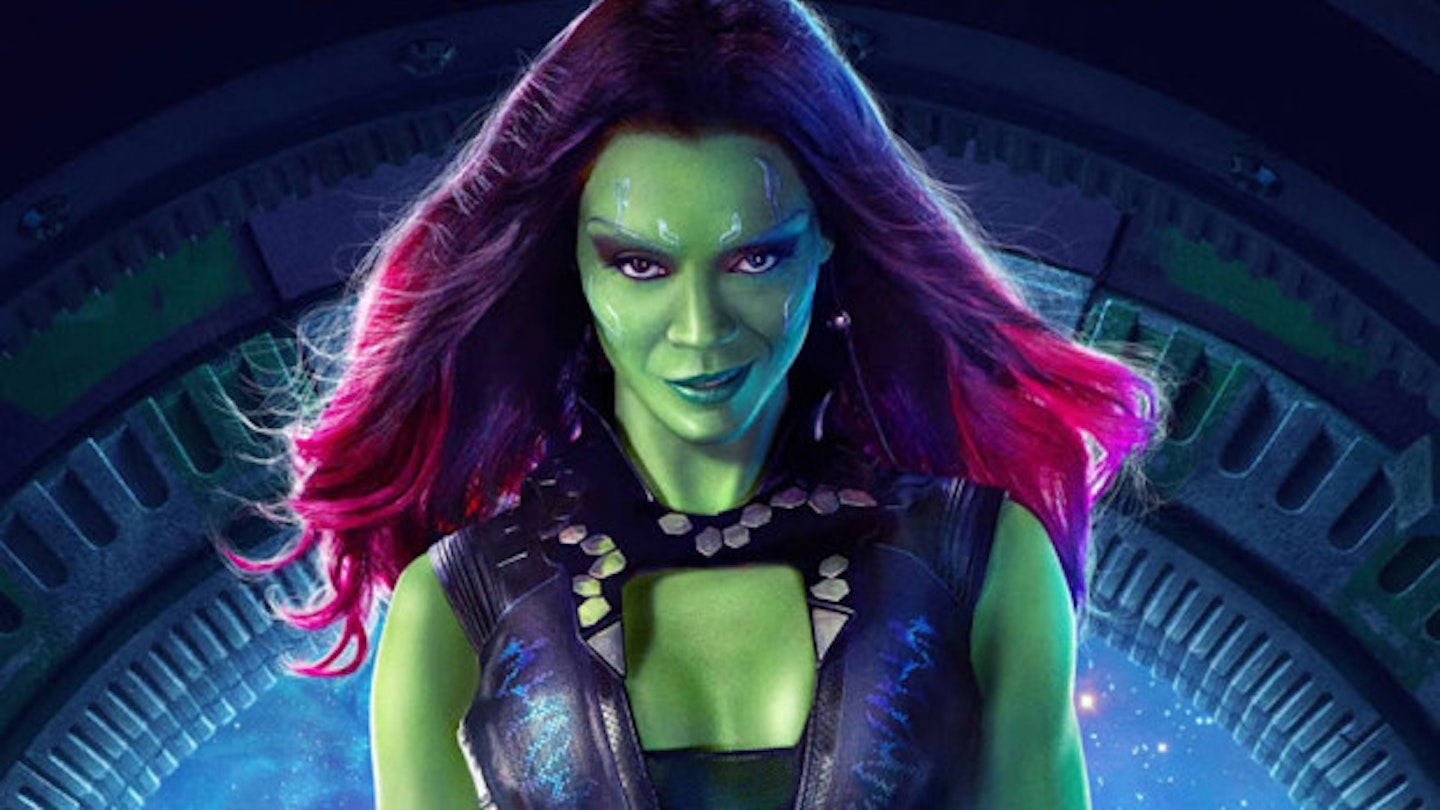It’s official: comics - specifically the superhero kind - are cool. Now if you’re one of the of the millions who already read them, watch the movies and buy the toys, you’re probably saying 'duh, I knew that' or 'comic books don’t need to be "cool" thanks.' Fair enough. You’re one step ahead of the rest of us. However, if your experience of the world of superheroes extends as far as guiltily objectifying hot, hammer-swinging Thor (Chris Hemsworth) and you want to dig deeper, read on.
It's a misconception that comics are sexist (or at least more sexist than the rest of society - ho-hum) and suffer from a lack of female role models. That's the fault of the mass media, who keep peddling the same old cliches about geeky teenage boys slavering over cartoon fantasy women in their bedrooms. Forget that: the truth is women have always drawn comics (Violet Barclay was Peggy Olsen with a paintbrush), starred in them, and read them - they just weren’t as visible, or vocal before.
But things are changing. Research released earlier this year revealed that 46% of comic fans are female and while that data might be based on Facebook ‘likes’ rather than cold hard cash, the point is nearly half of those prepared to stand up and declare themselves card-carrying comic book fans - of superheroes, graphic novels, manga etc. - are women and by the way, they really like female characters.
So why are more women than ever reading comics? We asked comic book aficionado, Annabel Hodges, who blogs at fashionableegghead.com and Nick Gadsby, an anthropologist specialising in geek culture.
Annabel filled us in on the state of the scene: 'Geek culture is much more mainstream and with that comes a greater acceptance of women. There are women like Rosario Dawson (she speaks Klingon and wrote her own comic book) and Natalie Portman crossing boundaries by being both sexy and openly fans of comics. Girls are growing up with stronger role models within geek culture.'
'Cosplay used to be unknown to most people, they wouldn't even know what the word meant and just laughed at it if they did. These days, San Diego Comic Con costumes feature across fashion, female and lifestyle blogs as well as the usual expected geek sites. It's enjoyed, not laughed at.'
Nick adds, 'Many girls will have watched Buffy the Vampire Slayer and other similar shows in the late ‘90s. These girls have grown into today’s female comic readers. The boom in female superheroes has no doubt been helped by the healthy market for female-oriented fantasy such as the Twilight series. It’s also impossible to overlook the huge popularity of Harry Potter and The Hunger Games which have a loyal female readership.'
'Both Marvel and DC are focussing more on female superheroes, this has been a gradual process as superheroes have become more diverse (different ethnicities, religions, sexual orientations). With moves like the all-female X-Men and Defenders teams it’s obvious they are putting greater effort into female superheroes. There will be more women in up and coming films – Zoe Saldana as Gamora in Guardians of the Galaxy, the Scarlet Witch in the next Avengers film and Wonder Woman in Batman vs Superman.'
And the reason women love reading about female superheroes? They are, quite simply, kickass. 'In Guardians of the Galaxy Zoe Saldana's Gamora is a deadly, green-skinned assassin and the adopted daughter of uber-villain Thanos. Far from being the 'eye-candy' she is one of the primary providers of muscle, relying on her strength and skills rather than her looks.'
So you’re intrigued and want to know more. But where the hell do you start? The superhero universe is a complicated one with plots more tangled than the cast of TOWIE’s love lives. Our experts say pick a character - and why not make it a female one while you’re at it - and start at the beginning.
Annabel rates Jean Grey: 'Lots of people know of her evolution into Phoenix from the X-Men movies but that's nothing compared to her constant updates in the comics. She started in the ‘60s, was good/bad/all-powerful and everything inbetween. Her development from the Stan Lee original to Grant Morrison's all-powerful Phoenix in the’ 00s is a great introduction into characterisation across comic book eras, storylines and artists.'
Nick adds 'Marvel’s new female-led runs are a good place to start – especially Ms Marvel – who is a brand new character (as well as being the first high profile Muslim superhero) and therefore has no historical baggage, or try Black Widow, She-Hulk and Elektra'.
And don’t forget the newest incarnation of the Thunder God himself, Thor, who from October will be a woman. As series writer Jason Aaron explained, 'This is not She-Thor. This is not Lady Thor. This is not Thorita. This is THOR. This is the THOR of the Marvel Universe.' Nick points out 'Thor has been a Frog, a disabled doctor and dead at various times in the character’s history' And that’s what’s so brilliantly compelling about comics and why you should go and buy one today - absolutely anything is possible.
Guardians of the Galaxy is out 31st July in cinemas nationwide
Follow Phoebe on Twitter @PhoebeFrangoul
This article originally appeared on The Debrief.
